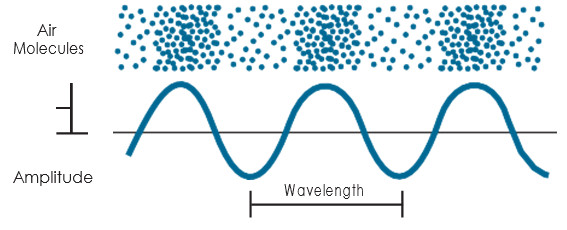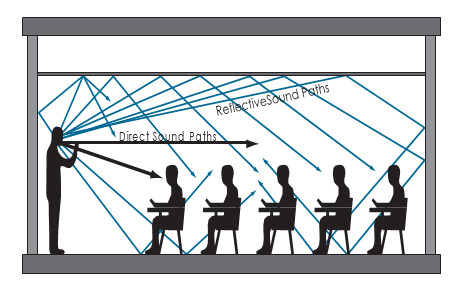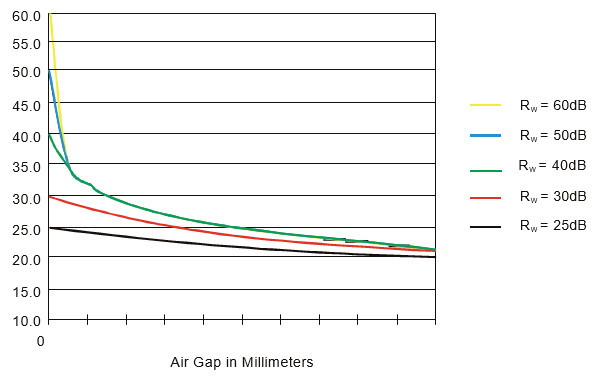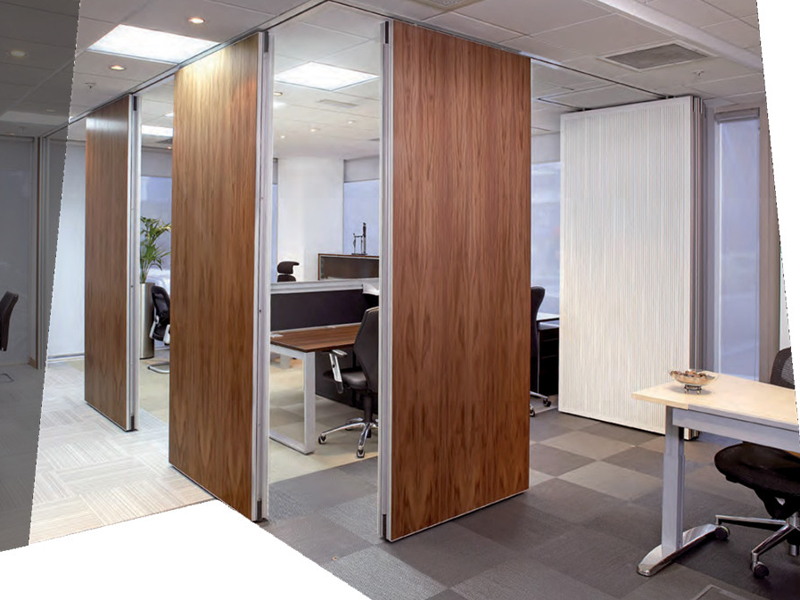ACOUSTICS IN BUILDINGS
A GUIDE TO THE SPECIFICATION OF MOVABLE WALLS
When considering what type of movable partition to use within a building it is important to bear in mind all aspects of the specification, particularly in relation to:
• The expected level of on-site performance regardless of how individual rooms/areas are to be used.
• The ease of operation of the movable wall.
• The ability to store the panels when the rooms are opened up.
Although the above are important in relation to general use, many other factors can have a significant impact on the overall performance of a product. It is of critical therefore that these factors are given full consideration before a specification is issued so that the installation provides the levels of acoustic performance that is acceptable in operation.
Before considering the complexities of controlling sound in buildings it is important to have an understanding of the basic principles and terminology of acoustics and how performance values are arrived at.
What is Sound?
of the sound in waves. Sound can be airborne; typically that of a human voice or impact: for instance the sound of heavy footsteps on a floor.


Vibrations in the air caused by the sound determine how loud it is; the stronger the vibrations the greater the ’amplitude’. The length or duration of a sound i.e. it’s reverberation time or echo, is determined by the extent to which the energy is expended on contact with surfaces within a room.
The Role of the Partition Wall
Where a partition is made up of different elements i.e. including doors and glazing, with different sound reduction characteristics the overall level of reduction will be lower than that of the highest rated part regardless of the relative size of lower rated product.
Acoustics & Building Regulations
Part E of the Building Regulations was updated in 2003 to include details of minimum levels of acceptable sound performance in certain types of buildings, particularly schools (Building Bulletin 93 [BB93] provides more detailed guidance for acoustic planning and design in schools). However there is little mention of In commercial buildings legislation covers maximum noise levels from a health and safety perspective but there is no regulation for minimum levels of sound reduction; however the use of specific areas such as conference/meeting rooms etc. makes the need for good levels of sound insulation in practice no less important.
Below is a list of the recommended maximum noise levels acceptable in various environments: –


Specifying Movable Walls
High Performance Movable Walls

For further information on moveable wall installations please see here.
Please view and download our brochure A Guide To Acoustics In Buildings .

